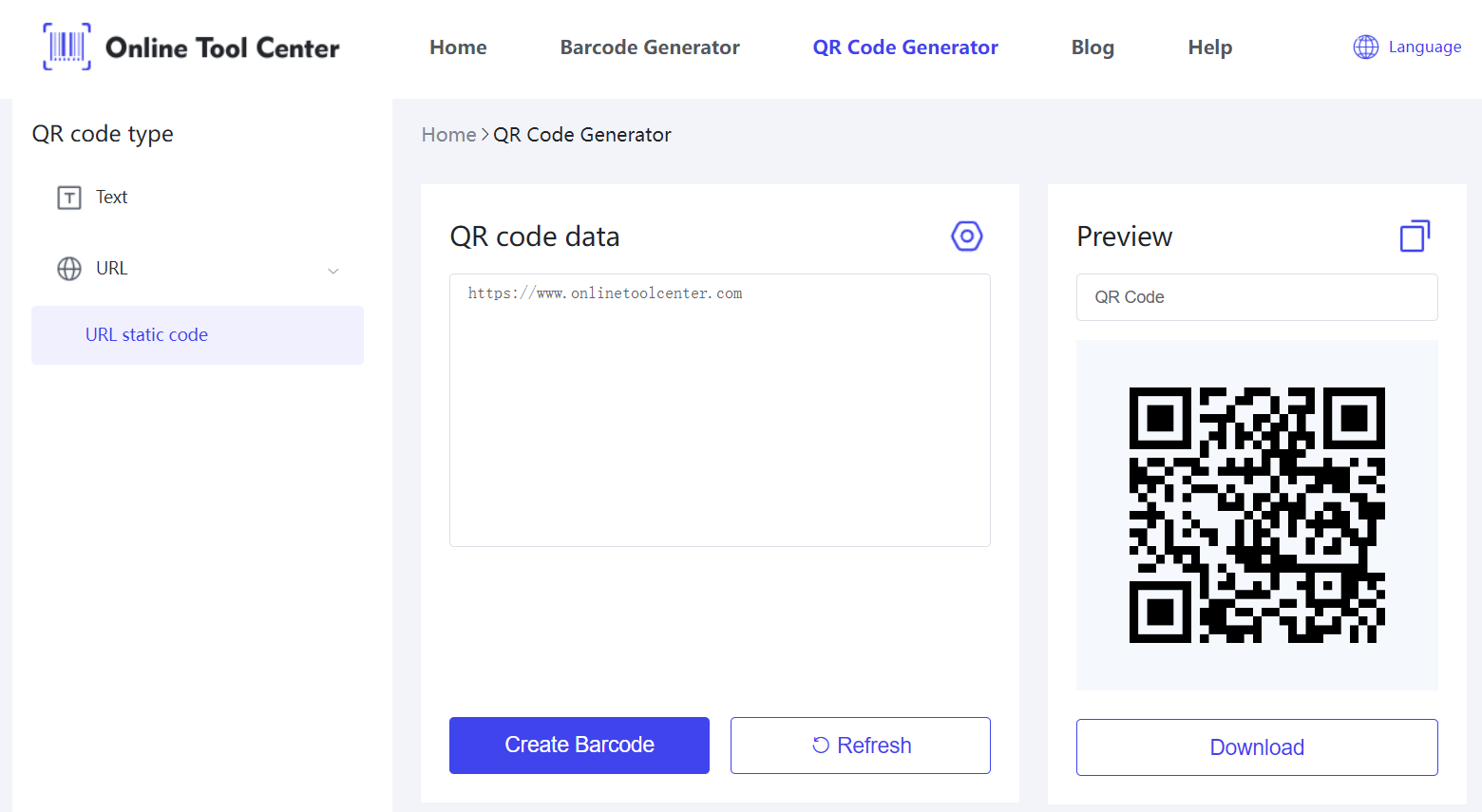QR codes have become an essential tool in various industries, and the building and construction site is no exception. By integrating QR codes into construction projects, companies can enhance project management, improve communication, ensure safety, and leverage advanced technologies for better outcomes.
This article explores the importance of QR codes in the building and construction industry, their applications, implementation strategies, and future trends.
What is a QR Code for a Building?
In the building and construction industry, QR codes are utilized to provide quick access to project details, documents, and real-time updates.
Types and Uses of QR Codes
Static QR Codes: Contain fixed information that cannot be changed after creation. Used for sharing permanent information such as contact details, safety protocols, and equipment manuals.
Dynamic QR Codes: These can be edited and updated without changing the QR code itself. Ideal for project plans, progress updates, and other information that may change over time.
Benefits of QR Codes for Building
● Improved Information Access: QR codes provide quick and easy access to project documents and plans.
● Increased Safety Compliance: QR codes link directly to safety protocols and equipment manuals.
● Efficient Progress Tracking: They enable real-time tracking of construction milestones and progress.
Applications of QR Codes in Building Projects
Today, QR codes in the construction industry are used to streamline project management, enhance communication, ensure safety compliance, and integrate with emerging technologies like IoT and augmented reality.
1. Enhancing Project Management
● Streamlining Documentation and Access to Project Plans:
QR codes enable easy access to digital versions of project plans, blueprints, and other documentation, reducing the need for physical copies and ensuring that everyone has the latest information.
● Tracking Construction Progress and Milestones:
By scanning QR codes placed at different site locations, stakeholders can quickly view progress updates, check milestone achievements, and monitor the overall status of the project.
2. Improving Communication and Collaboration
● Facilitating Real-Time Updates and Notifications:
QR codes can link to real-time updates on project changes, schedules, and notifications, ensuring that all team members are informed promptly.
● Sharing Contact Information and Emergency Details:
Construction sites can use QR codes to provide instant access to important contact information and emergency procedures, enhancing communication and preparedness.
3. Ensuring Safety and Compliance
● Easy Access to Safety Protocols and Equipment Manuals:
QR codes placed on equipment and at key locations can link to safety protocols, usage instructions, and maintenance manuals, ensuring that workers have the necessary information to operate safely.
● Real-Time Reporting of Safety Incidents:
Workers can use QR codes to report safety incidents or hazards immediately, allowing for swift action and resolution.
How to Create a QR Code for construction sites?

A simple guide using QR Code Generator for buildings:
1. Visit a QR code generator for building.
2. Select the type of QR code you need (static or dynamic).
3. Enter the relevant information you want to encode (e.g., URL, text, contact info).
4. Customize the QR code by choosing colors, adding a logo, or setting other preferences. QR codes can be tailored for specific uses, such as linking to digital blueprints for project managers, safety protocols for workers, or contact details for emergency services.
5. Download the QR code for printing and placement.
Customizing QR Codes for Different Purposes:
Best Practices for Placement and Usage
Place QR codes in easily accessible and visible locations, such as entry points, equipment storage areas, and safety boards, to ensure they are frequently scanned and used.
Tips for Ensuring QR Codes Are Easily Scannable:
● Ensure QR codes are printed in a size that is easily scannable from a distance.
● Avoid placing QR codes in areas with poor lighting or high wear and tear.
● Regularly check and replace damaged or faded QR codes.
Real-World Examples of QR Codes for Construction:
Construction Company A: Implemented QR codes to track equipment maintenance schedules, resulting in a 20% reduction in downtime.
Project B: Used QR codes to provide workers with instant access to updated project plans, improving efficiency and reducing errors
In summary, QR codes are a valuable tool in the building and construction industry, offering numerous benefits in project management, communication, and safety. By leveraging a QR code generator, construction companies can enhance their operations and achieve better project outcomes.
FAQs about QR Codes in Building
1. What are the benefits of using QR codes in construction sites?
QR codes enhance efficiency, improve communication, ensure safety, and integrate with advanced technologies.
2. How can QR codes improve safety on construction sites?
They provide instant access to safety protocols, and equipment manuals, and allow real-time reporting of safety incidents.
3. Can QR codes be customized for different building project needs?
Yes, QR codes can be tailored to link to various types of information, including project plans, safety protocols, and contact details.




